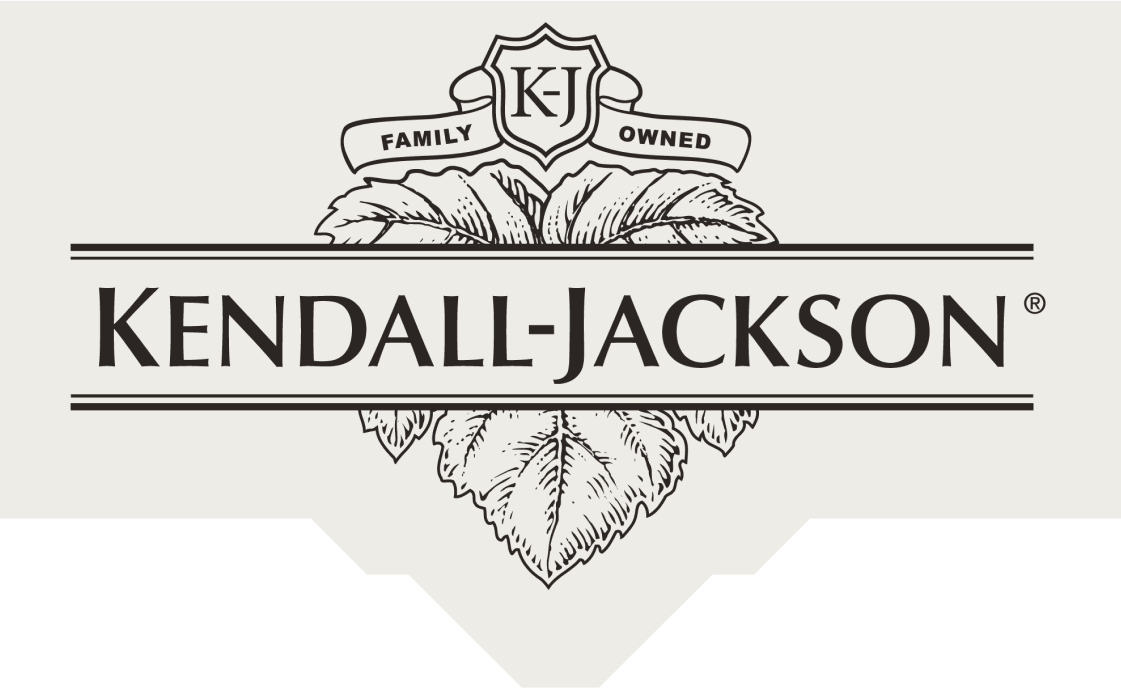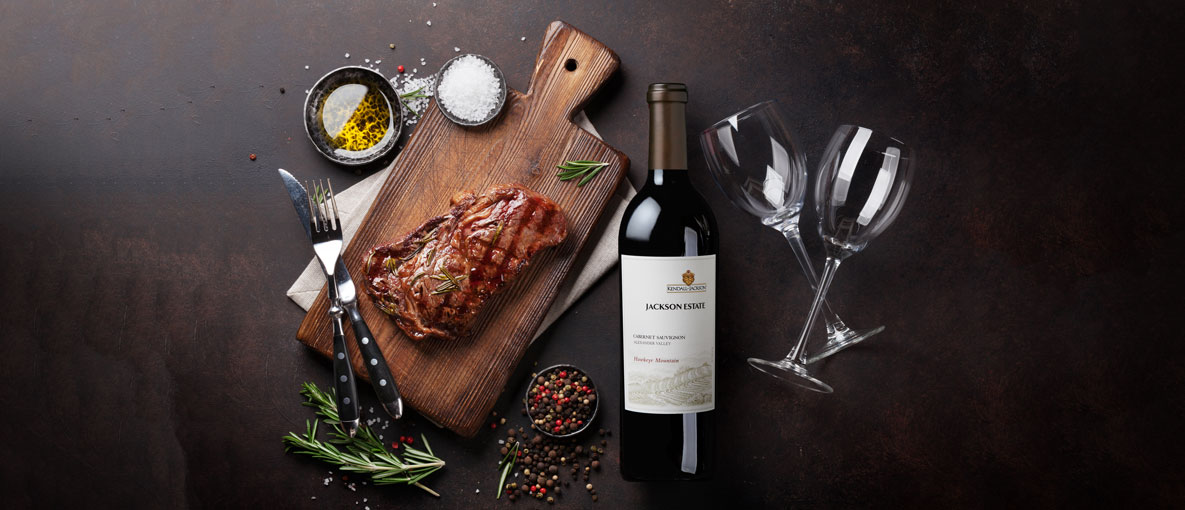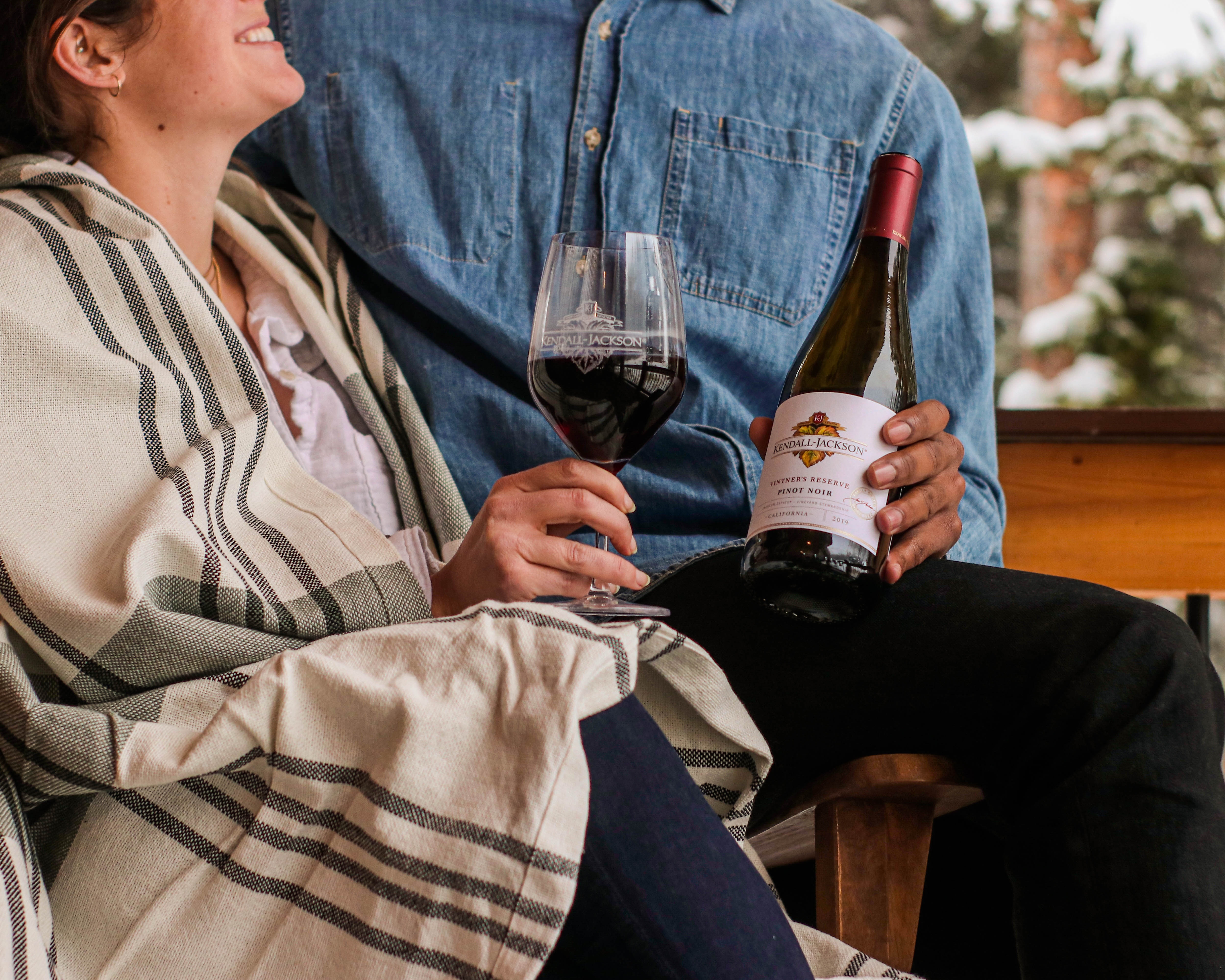What's in a Wine Label?
Wine bottle labels can give us a lot of information. They can also be a little misleading. So it’s important for the savvy consumer to understand what those words on a label actually mean.
Label content is regulated by the Federal government, whose standards are fairly lenient, compared to European countries. For example, if a U.S. wine is called by a varietal name (Cabernet Sauvignon, Zinfandel, Chardonnay, Pinot Noir and so on), it only has to have a minimum of 75% of that grape variety. The remaining 24.9% can be anything. Some wineries, looking to save a few bucks, will take advantage of that loophole and add inferior (and cheaper) grape varieties. I think most of us would like to know exactly what we’re getting for our money when we buy a bottle of wine.
A Pinot Noir from a reputable winery will always be 100% varietal, but I’ve long heard stories about something else — Syrah, Grenache, maybe even Zinfandel or Petite Sirah — being blended in. No doubt, a handful of wineries will do something like that–include a little “fudge factor” in their Pinot. This doesn’t make the wine awful, and it can even make a light-bodied Pinot more satisfying, but the public really does deserve truth-in-labeling.
With bigger red wines, such as Cabernet Sauvignon, Zinfandel, Syrah and Merlot, adding other varieties is a common, accepted practice. Cabernet, for example, traces its ancestral home to Bordeaux, where virtually no self-respecting vigneron would ever bottle a 100% Cab. That’s due to their historical traditions: they’ve always blended other “Bordeaux grapes” into Cabernet, such as Merlot, Cabernet Franc, Malbec or Petit Verdot, to make the wines better and more complete. This is why Classified Growth Bordeaux is never labeled with varietal names: the French think that’s silly.
Here in California, vintners sometimes break the Bordeaux rule and make a 100% Cabernet Sauvignon. Nothing wrong with that: if the grapes are ripe, delicious and balanced, so will be the wine. But most California winemakers prefer to blend their Cabernet with some of the other Bordeaux varieties, or even, sometimes, a little Syrah or Zin. Again, it’s fine to do that: it’s purely based on the house style. If the other grapes amount to no more than 24.9% of the blend, the winery can still call the wine “Cabernet Sauvignon.” If not, they can call it by a “proprietary” name, like KJ’s Stature.
There are arguments for and against complete disclosure of all component grape varieties. Those in favor argue it’s a service to consumers to tell the whole truth. Those against suggest that consumers shouldn’t care what the exact blend is; they should experience the wine itself, not what they think a Cabernet Sauvignon or Merlot tastes like. (It’s almost like demanding to know the birthplace and astrological sign of someone before you befriend them!) Bottom line: it probably makes more sense for wineries to list all the varieties, just so consumers can know that there’s nothing really cheap or inferior in there.
Steve Heimoff is one of America’s most respected and well-known wine writers. The former West Coast Editor for Wine Enthusiast Magazine and a contributor to Wine Spectator, he has also authored two books on the subject of California wine, including “New Classic Winemakers of California: Conversations with Steve Heimoff,” published in the fall of 2007.



